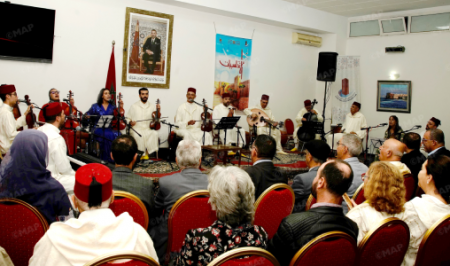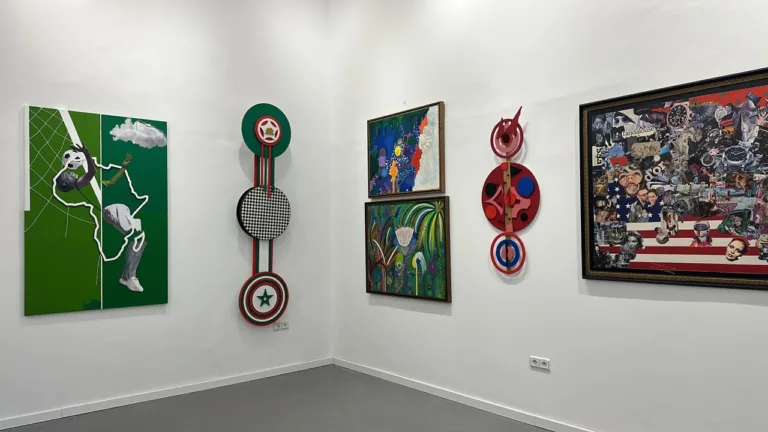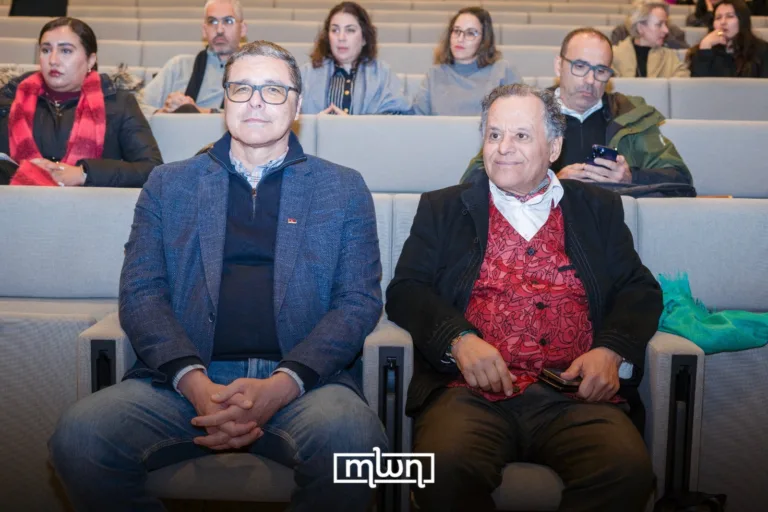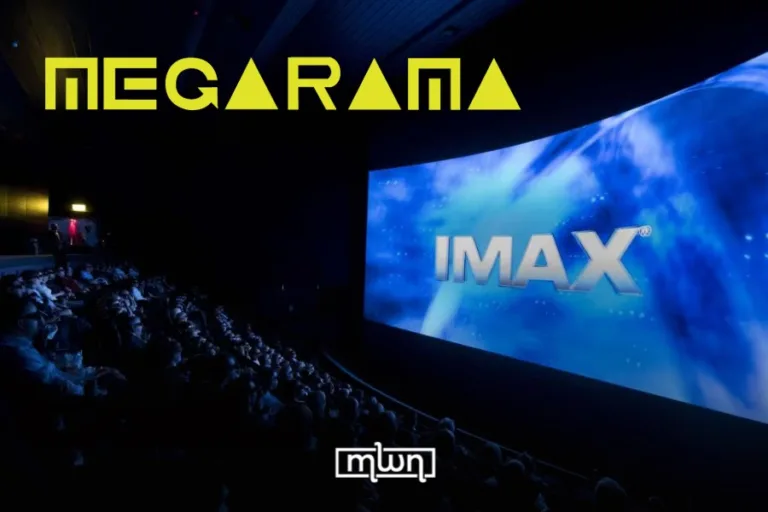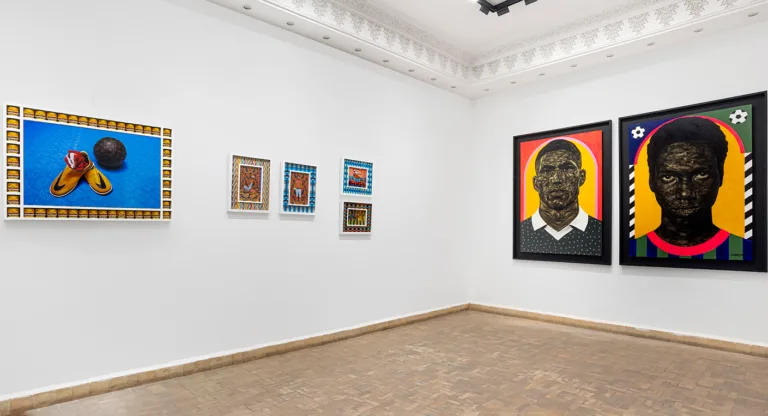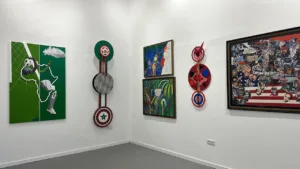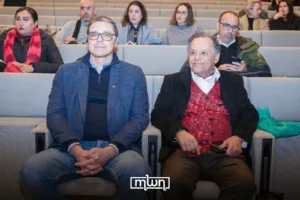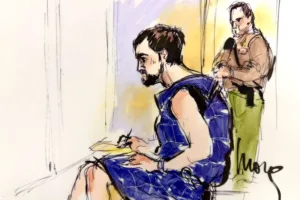Fez — A full house gathered on Thursday night at the headquarters of the Association Ribat Al Fath for Sustainable Development for the 23rd edition of “Khamis Al Andaloussiates,” a monthly concert that celebrates Morocco’s Andalusian legacy. Led by the Selouane – Art et Culture orchestra, the program moved between Samaâ, Madih, and selections from the “Nuba Al-Hijaz Al-Kabeer,” drawing listeners into a repertoire that has carried across centuries.
Speaking to local press, Vice Secretary-General of Ribat Al Fath Nabil Fenjiro said the series creates a shared space for lovers of this classical art and serves as a promise to protect an ancestral musical tradition. He added that the association uses the regular concerts to nurture a taste for Andalusian music among young audiences, helping the next generation sustain Morocco’s “Al-Ala” school in all its branches.
Conductor Yasser Cherki, performing with the ensemble for a second time, called the gathering an essential cultural fixture that balances fidelity to tradition with openness to new ideas. He praised Ribat Al Fath for convening veteran masters and emerging talents in the same room, which he said keeps the repertoire alive and connected to today’s audiences.
“Khamis Al Andaloussiates” has run for more than two decades. Held on the last Thursday of each month, the series highlights the aesthetics and spiritual depth of Moroccan Andalusian music while honoring its leading figures. Each edition invites orchestras from different cities, offers tributes to pioneers of Tarab Andalusi, and brings younger performers into the fold so they can learn directly from established voices.
The latest program centered the refined mood of “Nuba Al-Hijaz Al-Kabeer,” a modal suite known for its graceful, contemplative character. Listeners followed the arc of the “nuba” through its movements, guided by choral passages, solo ornamentation, and the interplay of oud, violin, and percussion. The Samaâ and Madih selections added devotional color, underscoring the ties between this courtly tradition and Morocco’s wider spiritual life.
For many in the audience, the evening functioned as both a concert and classroom. The careful curation of pieces and short explanations between numbers offered newcomers a way into the form, while longtime admirers heard familiar themes refreshed by youthful voices. That blend is the point, organizers say: Andalusian music is at its strongest when intergenerational.
With the 23rd edition complete, Ribat Al Fath’s team reiterated the series’ simple mission: preservation of a living heritage. Keeping this heritage accessible is key, as well ask making sure that young musicians can carry it forward on today’s stages without losing the soul that made it endure.

